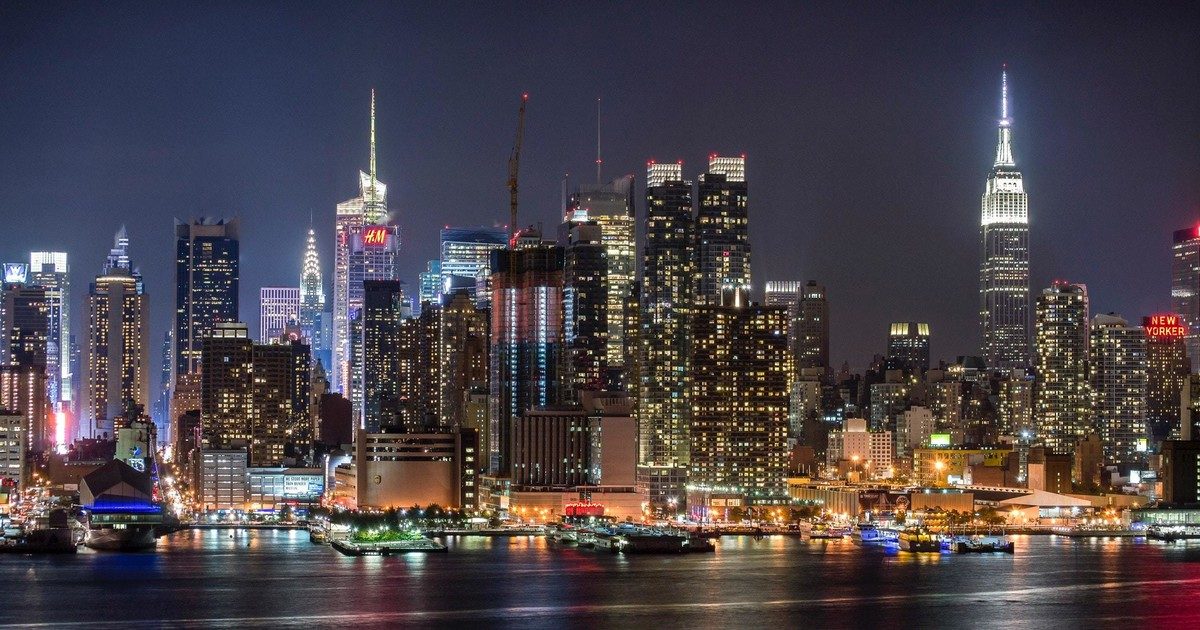In “Race, Class, and Politics in the Cappuccino City,” Hyra examines the gentrification of the Washington D.C., specifically focusing on the redevelopment of Shaw/U Street, a historically black neighborhood. In its heyday, the neighborhood was known to be a cultural and economic center of DC’s black community. The area later began to decline and soon became known as a Black ghetto. However, with new White, middle-class workers moving in, the area has started to redevelop. This introduction of a socioeconomically different class of residents has raised cultural and political divisions and issues within the neighborhood. While gentrification has helped revitalize Shaw/U Street, the new White residents have started to push out long-time Black residents through economic, political, and cultural suffocation. Long-term residents also become marginalized as their image and stereotypes are marketed towards to and reinforced by these White newcomers. This Black branding is detrimental to closing the social gap between the two groups, and the marginalization of poor Black residents has further racially and economically separated the community.
As we discussed during class, White incomers have taken the opportunity to profit off Shaw/U Street’s Black culture. Instead of treating the Black community as alive, developers and new residents market the Black ghetto stereotypes, grabbing the aura of “coolness” associated with “living the wire.” Developers also solidify Black branding through historic preservation. This form of Black branding, however, was to make the area more palatable to White residents. Focusing on the Black Broadway days to sanitize yet further reinforce the coolness of Black culture, developers highlight the city’s Black cultural legacy while ignoring the current community. This branding places a degree of separation between the new and old residents. Blacks become living stereotypes, things that White residents avoid in public yet mimic and relish among themselves.
This divide and the problems raised by Black branding inspired my expert questions. I wondered how low-income minority communities could receive more of gentrification’s economic benefits as the Hyra portrays the divide between the poor and middle-class as stagnant, if not growing. The new jobs are either low-skill, service labor, which mostly prevents economic mobility, and high-skill, creative jobs which are following a base of college-educated, young professionals. These industries do not focus on bridging the gap rather than reinforce it. This economic concern raises the question of voice. Black institutions and amenities such as churches and basketball courts give way for dog parks and White-owned go-go restaurants. With development focused on catering to the well-off White incomers, the opinions of the long-term, Black residents are left unheard.
Finding a voice for the increasingly marginalized long-term, black community involves examining Black branding. Hyra challenges the notion that such branding could be helpful to the Black residents; in class, we discussed the issues raised by new residents appropriating only specific, “cool” parts of Black culture. While the class leaned against this culture vulturism, the solutions seemed sparse. The group regarded the 40 oz. Roses as a negative ghetto stereotype, but Baby Wale raises some thoughts. Albeit not an authentic go-go place, Baby Wale seeks to preserve a culture in a generally respectful way. Can non-Black people take any components of Black culture without reinforcing Black branding? The new White incomers claim to be inspired by Shaw/U Street’s unique Black culture; an unsanitized version of “living the wire” could scare potential residents with money to add to the community. How can the area attract middle-class, White residents who can help redevelop the region while maintaining its cultural heritage?
Preserving the community’s legacy requires retaining its declining, long-term Black residents. Without the Black residents who define the culture that attracts the new migrants, the area would lose some of its attraction. Solutions proposed to counteract the declining population was access to affordable, subsidized housing as well as rent control and equal investments in various city amenities. These would help long-term residents to maintain a presence in the area. While Shaw/U Street reflects more of a gilded ghetto, these changes could help shift the area to more align with Anderson’s cosmopolitan canopy. A place for meaningful interactions, however, requires modifications to close the racial and economic gap, which divides the foam from the coffee in this cappuccino city.
